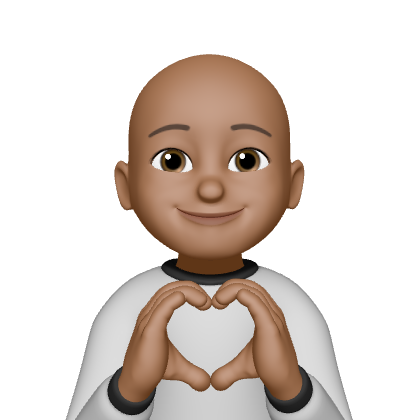DISC
On November 15th, 2022, work flew me to beautiful Melbourne. She welcomed me with her unique coldness, the bone-chilling one. I am no stranger to her. I know her well. I know that she is well aware of her coldness. I know she warms you with her coffee and food. She is an amazing host in Australia. Once you know that beneath the bone-chilling coldness there is a warm heart, there is nothing but love left for her.
Just like our beautiful city of Melbourne, how often do we misunderstand people? We judge them and label them based on their behaviour. Similarly, we label Melbourne as “cold” without realising that it is caused by a cold front. We label people without having any knowledge of the environment they are operating under. In some cases, people with positional power create these environments for people to operate and still continue to label them. Our behaviour is the product of our environment.
There are few frameworks available to think about people’s behaviour; the training I went to used the DISC model. In DISC, D stands for dominant, I for influence, S for stability, and C for conscientious. It is a four-quadrant system, with the top two quadrants representing assertiveness and the bottom two representing reservedness. The two left quadrants represent being task-oriented, and the two right quadrants represent being people-oriented. How do different profiles behave?
D’s behaviour is
- Goal-oriented
- Brief and to the point
- Likes to get results quickly.
- Authoritative
- Resolve the issue
People may see D as
- Intimidating
- Insensitive
- Demanding
I’s behaviour is
- Networking
- Social
- Articulate
- Inspiring
- Motivating
People may see I as
- Unorganised
- Inadequate detail
- Leaving a lot undone
S’s behaviour is
- Systematic and methodical
- Excellent listener
- Patenice
- Loyal
People may see S as
- Not being assertive
- Indirect
- Unwilling to Change
C’s behaviour is
- Accurate
- An eye for detail
- Knowledgeable
- Through
- Follows the process
People may see C as
- Perfectionist
- Lack of creativity
None of the profiles are good or bad. It allows us to have good teamwork and deliver results. As a manager, one could use this to understand their people better, put a better team together, and create the environment to get the best out of them. As a team member, being aware of one’s and others’ behavioural tendencies will help us with effective communication.
DISC is a fun little communication workshop we can do as a team-building exercise. DISC is not a tool to use as an excuse for one’s behaviour; it is a tool that will help us fulfil one of our professional obligations: maintaining a positive relationship with others in the organisation.
A word of caution: just like any tool can be used for both good and bad, people with dark personality traits often use this tool for their own benefit. Unfortunately, they slip into organisations with positional power, so I would recommend starting with some team-building activities around values to build trust in the team, then proceeding to the DISC rollout.
Let’s make this world a better place.
